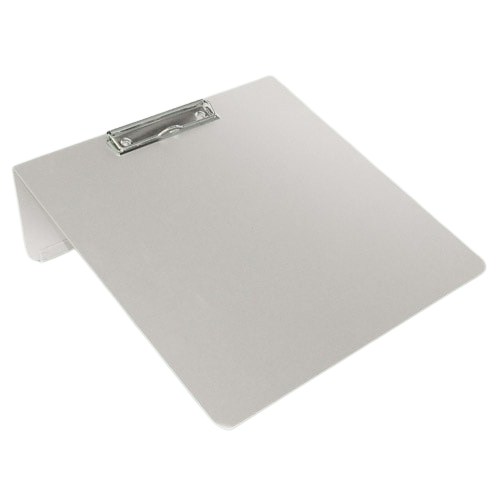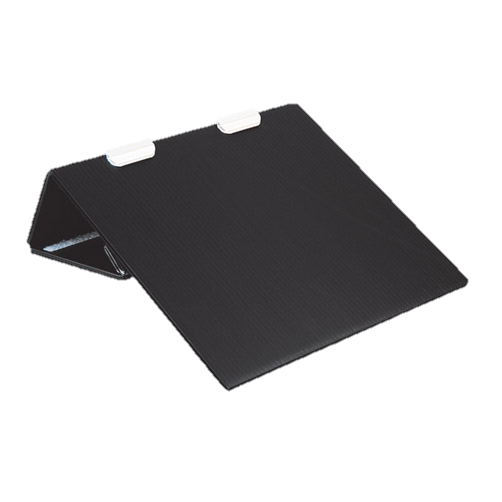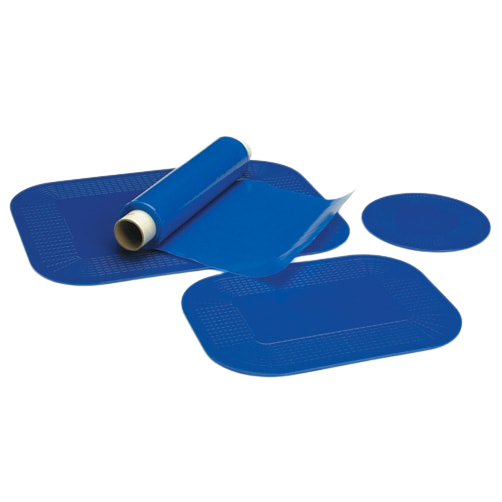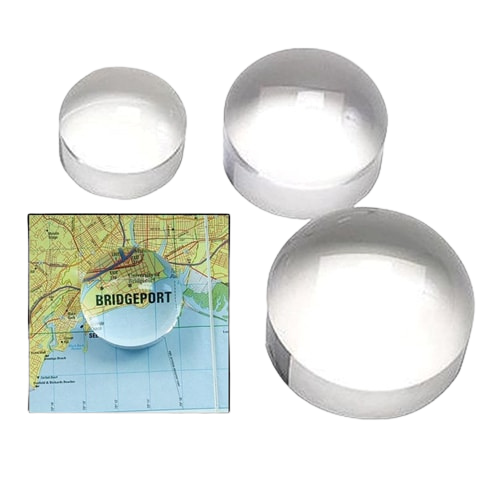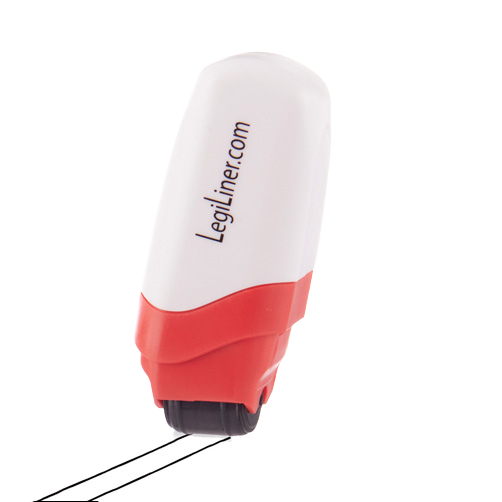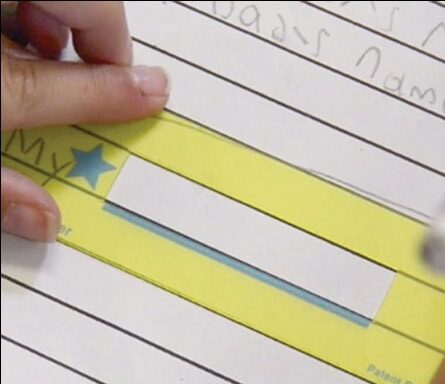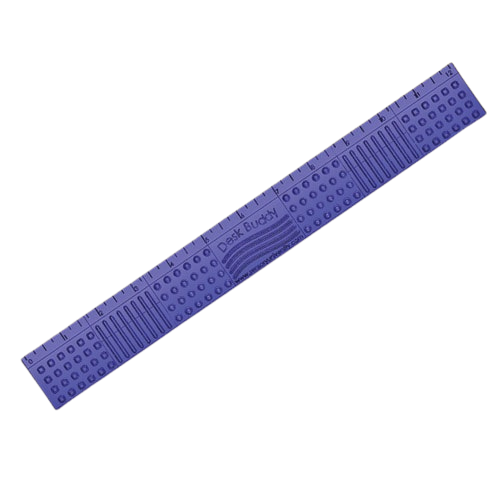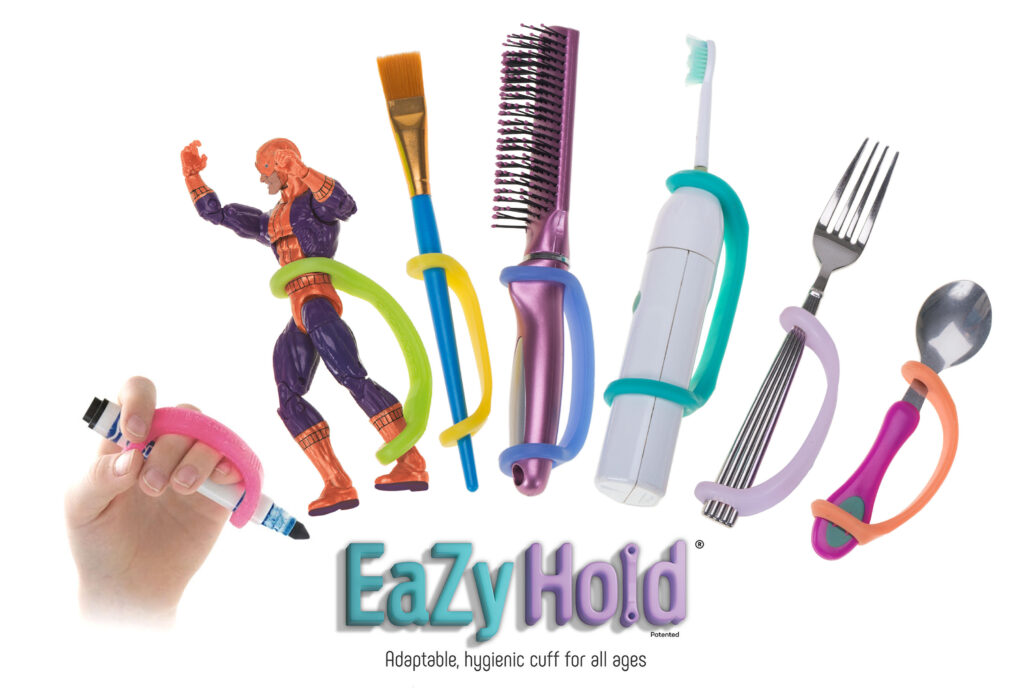The Assistive Technology Industry Association (ATIA) 2024 witnessed a bustling Therapro booth, where attendees were immersed in a hands-on experience with a diverse range of assistive technology solutions. The spotlight, however, was on the low-tech assistive technology solutions, which stood out for their simplicity, ease of use, and practicality.
Assistive Technology for Reading and Writing
One of the highlights at the Therapro booth was the Reading and Writing Solutions Station, where attendees explored assistive technology solutions for various reading and writing tasks. Attendees saw the multi purpose abilities of the slant board first hand. The slant board is designed to optimally position the wrist during handwriting activities but it can also be a great way to bring reading material closer while minimizing visual distractions. Notable tools at this station included various pencil grips and adapted writing paper. The “Get a Grip on Grips” handy guide and the “Which Writing Tool” handy guide garnered appreciation for their practicality in determining the most suitable tools for different situations. Attendees also explored devices like the ultradome for magnifying text and the Step by Step for recording stories, engaging emerging readers effectively.
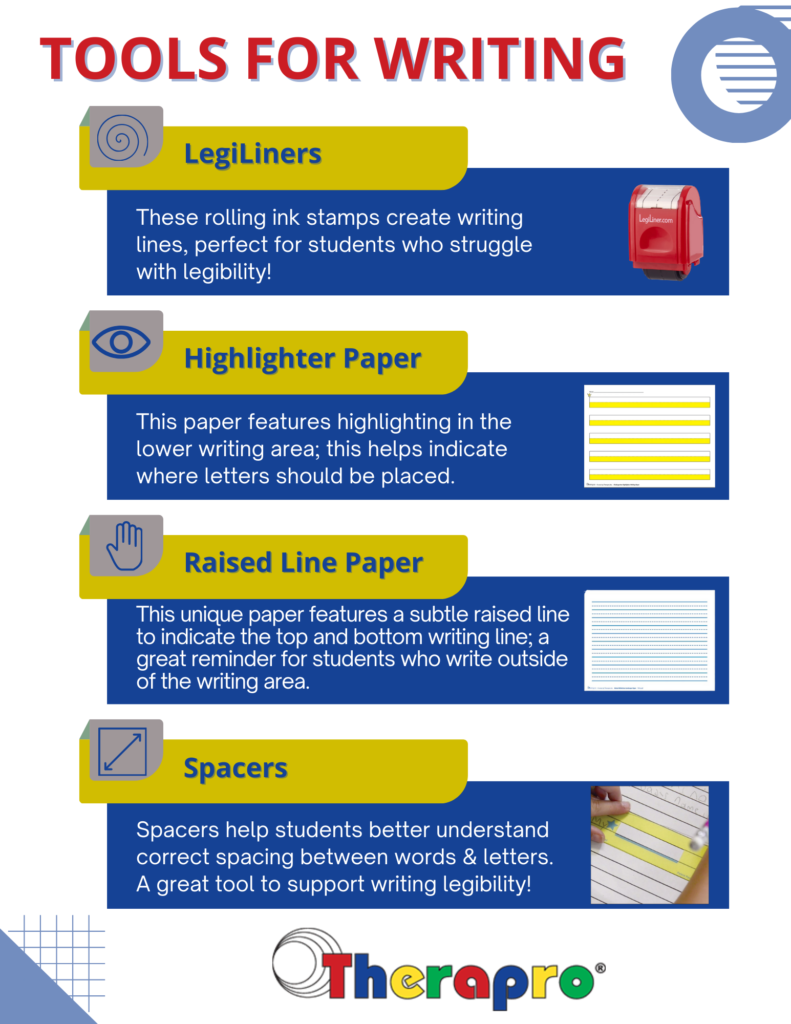
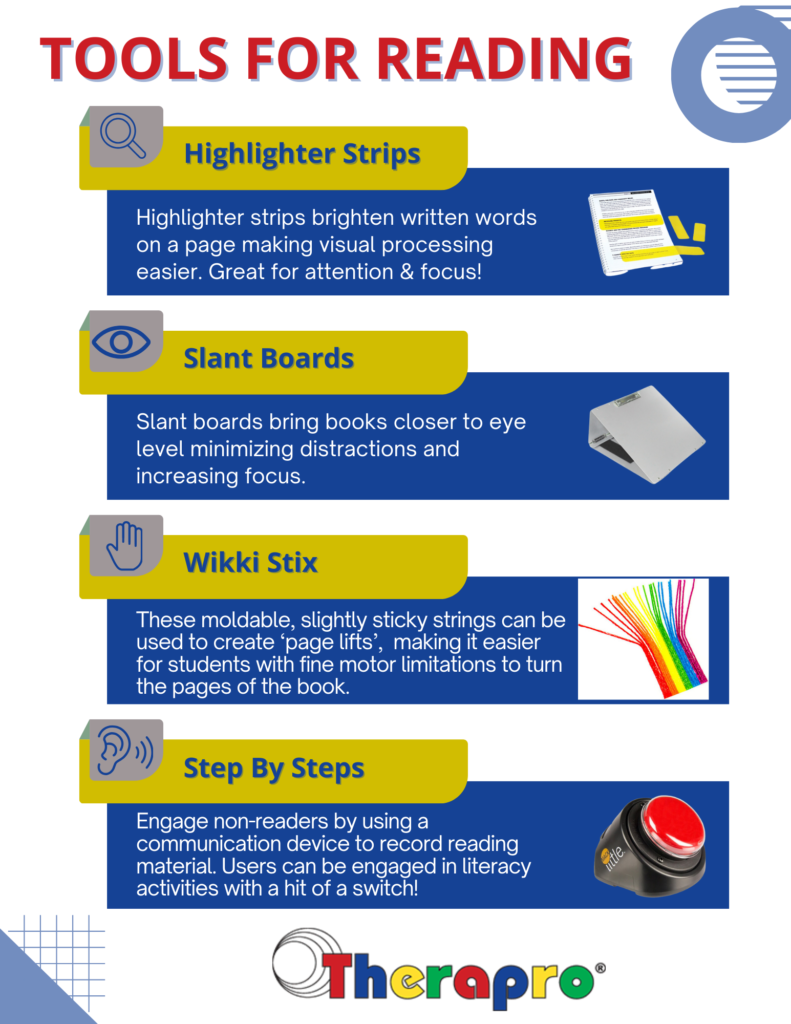
Assistive Technology for Participation
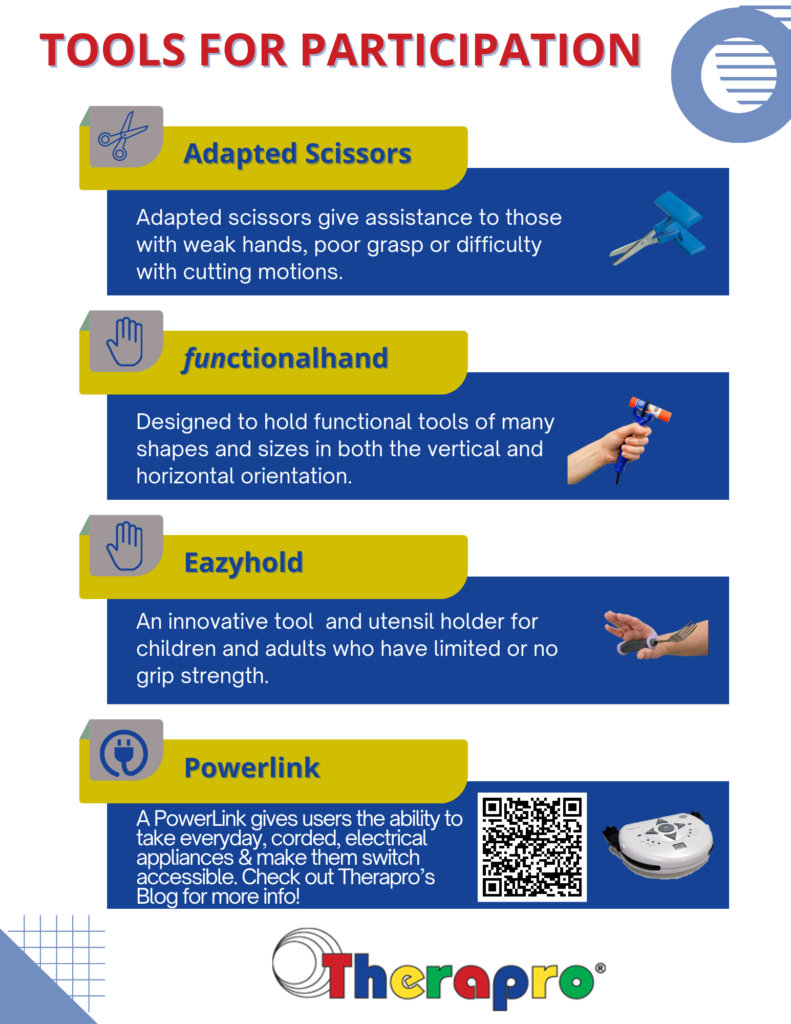
The Participation Solutions Station aimed at increasing access and participation in daily activities. The Functionalhand, a popular tool at the station, impressed attendees with its ease of use in aiding grip and grasp. The Eazyholds also gained attention for their user-friendly design, making gripping objects more manageable. The station featured adapted scissor options, from spring-loaded to mounted scissors, catering to various needs.
Switch Access Tools:
Taking a step into higher-tech solutions, the Participation Solutions Station also showcased switch access tools. Attendees explored a range of switches, from the tiny Spec Switch to proximity switches and the wobble switch. The display included an insightful demonstration of battery interrupters, transforming battery-operated toys into switch-adapted devices—a hit among participants. The PowerLink, a versatile tool, was another assistive technology tool demonstrated at the booth. The PowerLink is used to turn corded devices, like blenders, into switch-accessible ones. Attendees were intrigued by PowerLink activity ideas, such as creating an adapted bowling game using the Powerlink and a fan.
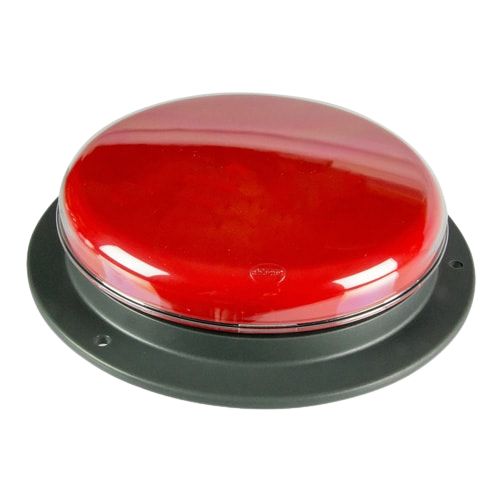
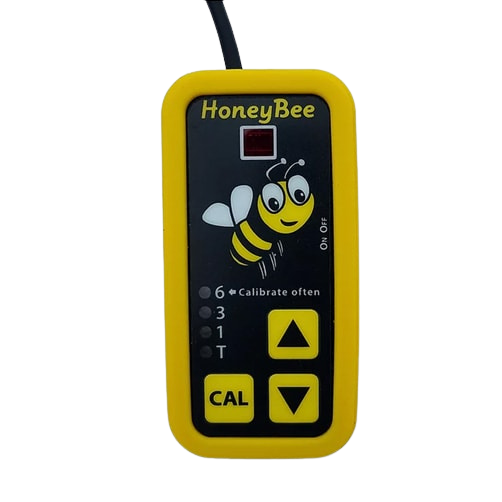
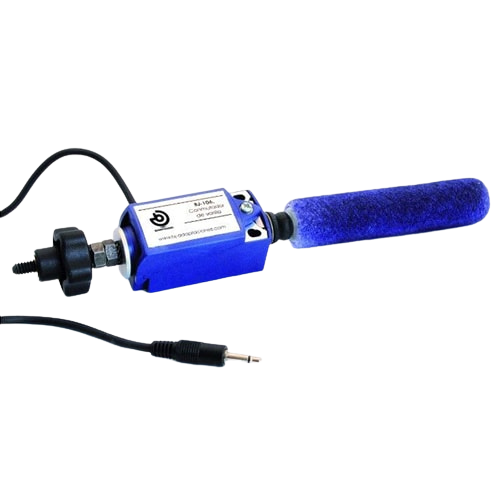
Assistive Technology for ADL (Activities of Daily Living)
At the ADL Solutions Station, Therapro presented classic tools designed to enhance users’ engagement in self-care activities. Weighted utensils, a rocker knife, adapted cups, and scoop dishes were among the showcased items. These tools are essential for individuals seeking increased independence in their daily routines.


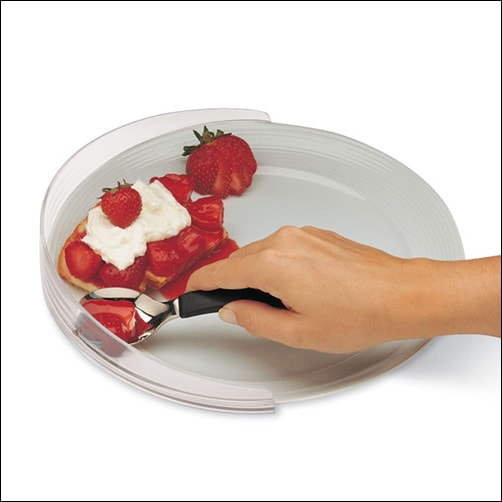
ATIA 2024 was a great opportunity for Therapro to showcase a wide range of assistive technology solutions that cater to diverse needs. The emphasis on simplicity and practicality, especially with the popularity of low-tech options, reinforces the idea that effective assistive technology can be both accessible and user-friendly. As Therapro continues to innovate, the commitment to empowering individuals with disabilities through thoughtful solutions is evident.


